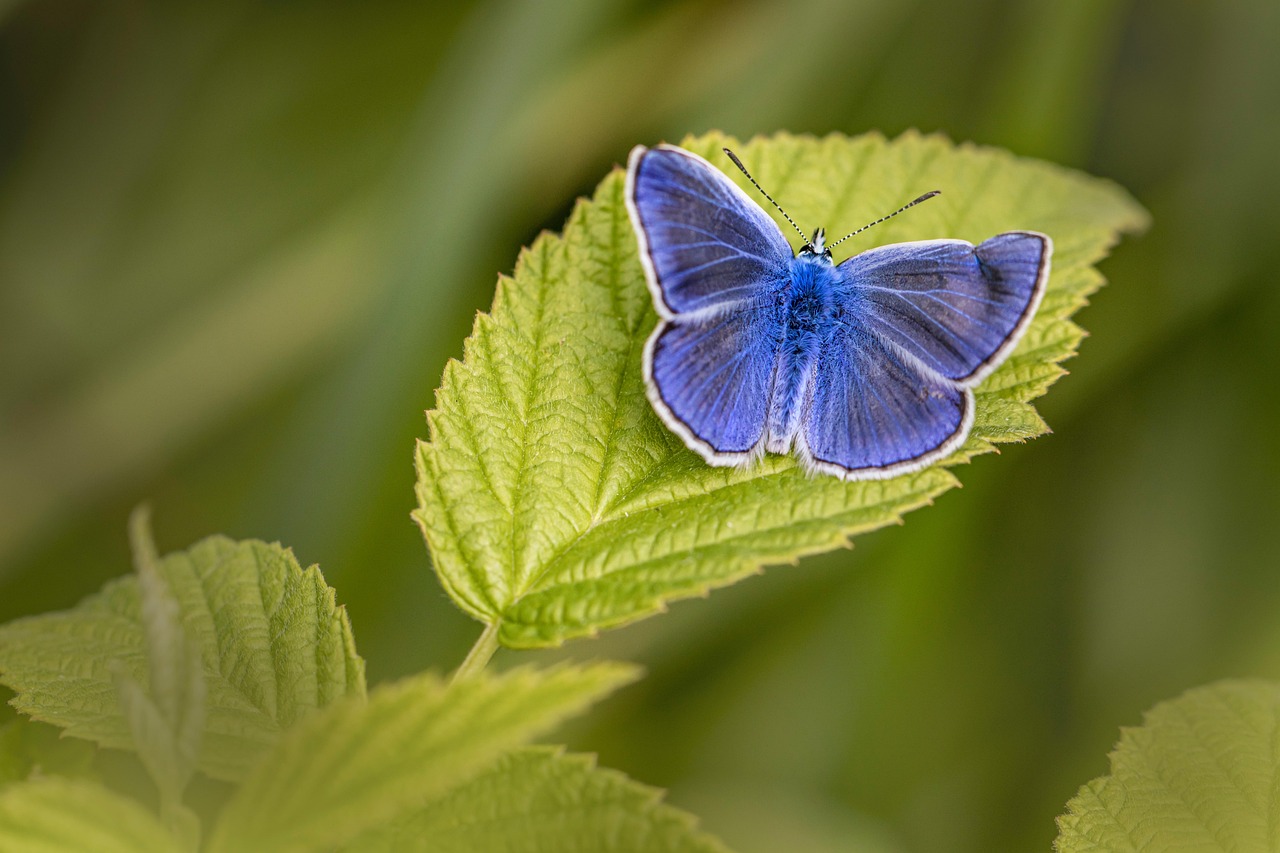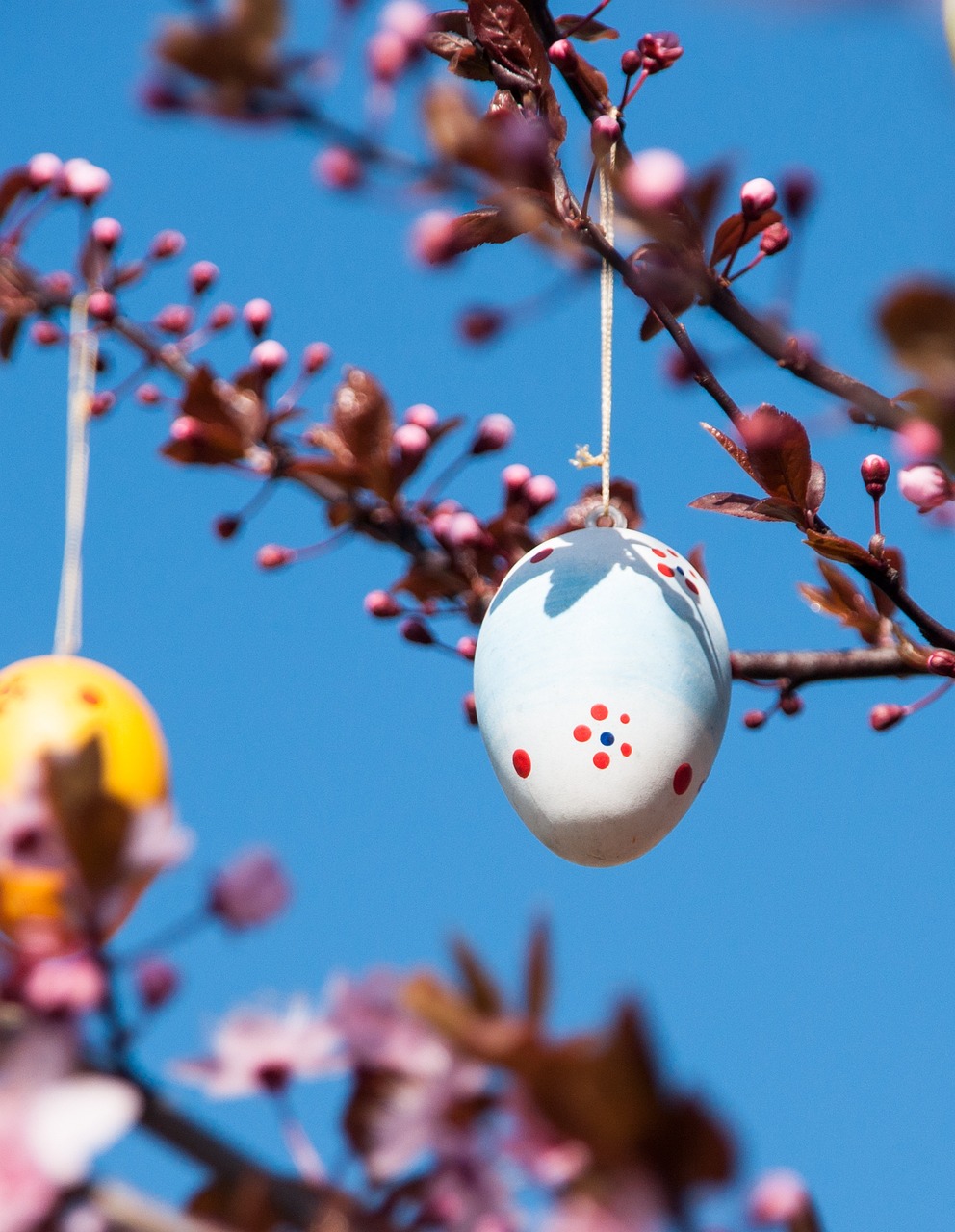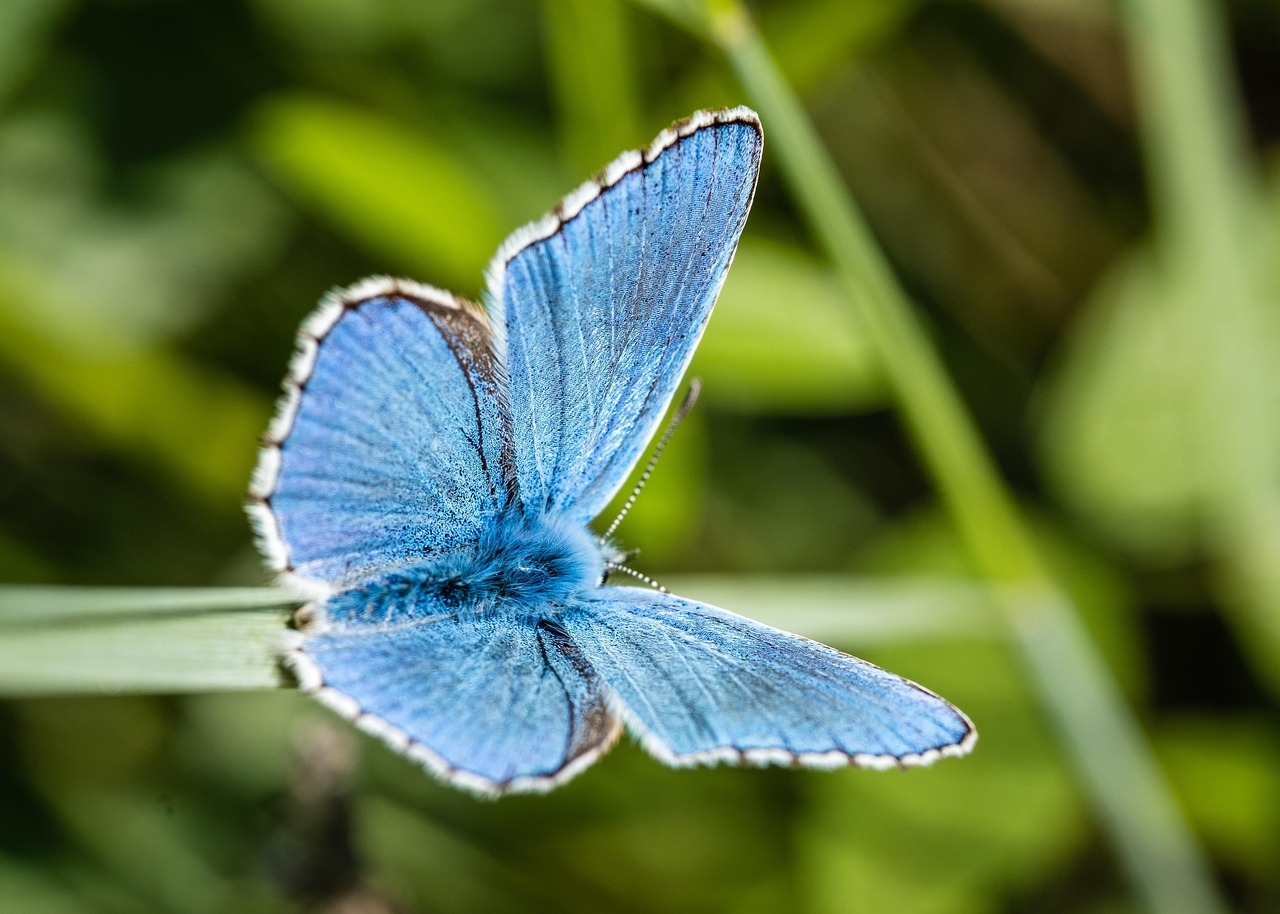The Karner Blue Butterfly, a rare species native to North America, typically lays around 200 to 300 eggs during its reproductive cycle. These eggs are crucial for population sustainability and are often laid on host plants, particularly species of wild lupine, which provide essential nutrients for the larvae once they hatch.
Understanding the Karner Blue Butterfly

The Karner Blue Butterfly (Lycaeides melissa samuelis) is a small, vibrant butterfly known for its striking blue wings. This species is not only notable for its beauty but also for its ecological significance. It primarily inhabits open, sandy areas such as pine barrens and oak savannas, where it relies on specific host plants for reproduction and survival.
These butterflies were once widespread across the northeastern United States. However, habitat loss due to urban development, agriculture, and invasive species has led to significant decline in their populations. Conservation efforts are now underway to protect this delicate species and its habitat.
Reproductive Biology of the Karner Blue Butterfly
The reproductive cycle of the Karner Blue Butterfly begins in late spring when adults emerge from their chrysalises. Mating occurs shortly after emergence, with females looking for suitable locations to lay their eggs. The timing of egg-laying is critical, as it aligns with the blooming period of their primary host plant, wild lupine (Lupinus perennis).
Female Karner Blue Butterflies typically lay their eggs in clusters on the underside of lupine leaves. This behavior protects the eggs from predators and environmental factors. The eggs are small and round, measuring approximately 1 millimeter in diameter. They change color as they mature, eventually becoming a darker shade just before hatching.
The incubation period for the eggs lasts about 5 to 10 days, depending on environmental conditions such as temperature and humidity. Once hatched, the larvae begin feeding on the lupine leaves, which are rich in nutrients essential for their growth.
Factors Influencing Egg Count
Several factors influence the egg count of the Karner Blue Butterfly, including environmental conditions, availability of host plants, and overall health of the population. Each of these factors plays a significant role in determining how many eggs a female can successfully lay.
- Environmental Conditions: Temperature and moisture levels can affect reproductive success. Warmer temperatures may lead to increased activity and higher egg production.
- Host Plant Availability: The presence of healthy wild lupine populations is crucial. If suitable host plants are scarce, females may not find adequate places to lay their eggs.
- Population Health: A robust population is more likely to produce a higher egg count. Inbreeding or genetic bottlenecks can reduce fertility rates.
Egg Development and Larval Stage
After hatching, larvae enter their first instar stage. They are small and initially consume only a few leaves. As they grow, they undergo several molts, transitioning through multiple instars until they reach maturity. This larval stage lasts about 2 to 4 weeks.
During this time, larvae must avoid predators such as birds and wasps. Their survival is closely linked to the availability of wild lupine foliage. Insufficient food resources can lead to increased mortality rates among the larvae.
Conservation Efforts
Due to the declining numbers of the Karner Blue Butterfly, various conservation initiatives have been implemented. These efforts focus on habitat restoration and protection of wild lupine populations. Conservationists work collaboratively with landowners to manage habitats effectively.
| Conservation Initiative | Description |
|---|---|
| Habitat Restoration | Efforts to restore natural habitats that support wild lupine and other native flora. |
| Public Education | Programs aimed at educating the public about the importance of preserving this species. |
| Research Initiatives | Studies focused on understanding the ecology and biology of the Karner Blue Butterfly. |
Through these combined efforts, conservationists hope to improve the chances of survival for the Karner Blue Butterfly and ensure that future generations can enjoy this remarkable species.
Life Cycle of the Karner Blue Butterfly
The life cycle of the Karner Blue Butterfly is divided into several distinct stages: egg, larva (caterpillar), pupa (chrysalis), and adult butterfly. Understanding these stages helps in recognizing the factors affecting their population and reproductive success.
Egg Stage
The egg stage is the beginning of the life cycle. Female butterflies lay their eggs on the underside of wild lupine leaves to protect them from predators. The eggs are typically laid in clusters, and their survival depends on various environmental conditions.
- Color Change: The eggs start as pale yellow and change to a darker color as they mature, indicating that hatching is near.
- Incubation Time: The incubation period lasts about 5 to 10 days, influenced by temperature and humidity.
- Predation Risks: Eggs face threats from various insects and environmental factors, making their survival crucial for population maintenance.
Larval Stage
Once the eggs hatch, the larvae emerge and enter their first instar stage. This stage is critical for growth and development. The larvae are primarily herbivorous, feeding on the leaves of the wild lupine.
The larval stage includes several instars, which are defined by periods of molting. As larvae grow, they shed their exoskeletons multiple times. This process can be broken down as follows:
- First Instar: Newly hatched larvae are small and vulnerable, consuming only a few leaves.
- Subsequent Instars: As they grow, they increase their food intake, feeding more aggressively on lupine leaves.
- Molt Stages: Each molting stage allows the larvae to grow larger and develop further until they reach maturity.
Pupal Stage
After the larval stage, mature caterpillars seek a safe place to pupate. The pupal stage, or chrysalis stage, is a time of transformation. During this period, significant changes occur as the caterpillar transforms into a butterfly.
- Pupation Duration: This stage lasts approximately 7 to 14 days, depending on environmental conditions.
- Environmental Protection: Pupae may camouflage themselves among leaves or other vegetation to avoid predation.
- Metamorphosis: Inside the chrysalis, the caterpillar undergoes metamorphosis, where its body is reorganized to form the adult butterfly.
Factors Affecting Reproductive Success
The reproductive success of the Karner Blue Butterfly is influenced by several ecological and environmental factors. These include habitat quality, climate conditions, and predator-prey dynamics.
Habitat Quality
High-quality habitats are essential for the survival of Karner Blue Butterflies. Key factors include:
- Availability of Host Plants: The presence of healthy wild lupine populations directly affects egg-laying opportunities.
- Diversity of Flora: A diverse plant community supports various life stages of the butterfly and enhances ecosystem resilience.
- Minimal Disturbance: Areas free from heavy human disturbance provide safer environments for reproduction.
Climate Conditions
The climate plays a pivotal role in determining the reproductive success of the Karner Blue Butterfly. Various climatic parameters can impact their life cycle:
- Temperature: Warmer temperatures can accelerate development but may also lead to increased mortality if extreme heat occurs.
- Moisture Levels: Adequate rainfall supports wild lupine growth, while drought conditions can threaten host plant availability.
- Seasonal Variability: Changes in seasonal patterns can lead to mismatches between the emergence of butterflies and the availability of host plants.
Predator-Prey Dynamics
The interaction between predators and prey significantly influences Karner Blue Butterfly populations. Predation during various life stages can affect overall population numbers:

- Egg Predators: Various insects and birds may feed on eggs if they are not adequately hidden.
- Lepidopteran Predators: Many larvae fall prey to other insects during their growth stages.
- Adult Predators: Birds and other animals may consume adult butterflies if they are not cautious.
By understanding these factors, conservationists can better devise strategies to protect and enhance Karner Blue Butterfly populations and their habitats.
Conservation Challenges for the Karner Blue Butterfly
The Karner Blue Butterfly faces numerous conservation challenges due to its specialized habitat needs and declining population. Addressing these challenges is vital for ensuring the survival of this species. Understanding the threats and implementing effective conservation strategies is essential for maintaining viable populations in the wild.
Habitat Loss
One of the most significant threats to the Karner Blue Butterfly is habitat loss. As urban areas expand and agricultural practices intensify, the natural habitats that support this species have diminished significantly.
- Urban Development: Construction projects, including housing developments and commercial buildings, have led to the destruction of essential habitats.
- Agricultural Expansion: The conversion of natural lands into agricultural fields reduces available areas for lupine growth.
- Invasive Species: Non-native plants can outcompete native flora, including wild lupine, leading to a decline in suitable habitats.
Climate Change
Climate change poses additional challenges for the Karner Blue Butterfly. Shifts in temperature and precipitation patterns can impact the butterfly’s life cycle and habitat quality.
- Temperature Variability: Higher temperatures may accelerate development but can also lead to increased mortality rates during extreme heat events.
- Changing Weather Patterns: Unpredictable weather can disrupt the timing of flowering in wild lupine, affecting egg-laying opportunities for butterflies.
- Drought Conditions: Extended periods of drought can reduce the availability of host plants, making it difficult for larvae to find adequate food sources.
Restoration Strategies

Effective conservation efforts require targeted restoration strategies aimed at improving habitat quality and enhancing the survival prospects of the Karner Blue Butterfly.
Habitat Restoration Initiatives
Restoration initiatives often focus on re-establishing native plant communities and improving habitat connectivity. Key strategies include:
- Replanting Native Flora: Introducing native wild lupine and other compatible plants to areas where they have been depleted helps restore butterfly habitats.
- Controlled Burns: Implementing controlled burns can help manage invasive plant species and promote the growth of native vegetation.
- Land Management Practices: Collaborating with landowners and managers to adopt practices that enhance habitat conditions for butterflies is essential.
Monitoring Populations
Monitoring the population dynamics of the Karner Blue Butterfly is crucial for assessing the effectiveness of conservation efforts. This can be achieved through:
- Field Surveys: Regular surveys help track population numbers, distribution patterns, and reproductive success.
- Data Collection: Gathering data on egg counts, larval survival rates, and adult emergence provides insights into population health.
- Citizen Science Programs: Engaging local communities in monitoring efforts can enhance data collection and raise awareness about conservation needs.
Community Involvement in Conservation
Community engagement plays a vital role in the conservation of the Karner Blue Butterfly. Local communities can contribute significantly through various activities.
Education and Outreach
Educating the public about the importance of the Karner Blue Butterfly and its habitat is essential for garnering support for conservation initiatives. This can be achieved through:
- Workshops and Seminars: Hosting educational programs focused on butterfly biology, conservation strategies, and habitat restoration.
- School Programs: Introducing educational curricula that emphasize local biodiversity and conservation efforts.
- Community Events: Organizing events such as butterfly festivals to celebrate and promote awareness about this species.
Volunteering Opportunities
Encouraging community members to participate in volunteer opportunities can enhance conservation efforts while fostering a sense of ownership. Volunteer activities may include:
- Planting Native Species: Organizing community planting days to restore wild lupine populations in local habitats.
- Cleansing Natural Areas: Holding clean-up events to remove trash and debris from butterfly habitats.
- Participating in Surveys: Training volunteers to assist with egg counts, larval monitoring, and other data collection activities.
By increasing public awareness and encouraging active participation, communities can play a critical role in conserving the Karner Blue Butterfly and ensuring its long-term survival.
Future Research Directions

As conservation efforts for the Karner Blue Butterfly continue, future research is essential to address knowledge gaps and improve strategies for protecting this species. Several key areas of focus can enhance our understanding of the butterfly’s ecology and reproductive biology.
Genetic Studies
Genetic studies can provide insights into the population structure and health of the Karner Blue Butterfly. By analyzing genetic diversity within and between populations, researchers can identify:
- Inbreeding Risks: Understanding genetic diversity can help assess the risks associated with inbreeding, which can lead to lower reproductive success.
- Migration Patterns: Genetic analysis can reveal patterns of gene flow between populations, critical for developing effective conservation strategies.
- Adaptation Potential: Insights into genetic variation may indicate how well populations can adapt to changing environmental conditions.
Habitat Dynamics
Studying habitat dynamics is crucial for understanding how environmental changes impact the Karner Blue Butterfly. Key research areas include:
- Climate Impact Studies: Researching how climate change affects habitat availability and host plant distribution can help predict future challenges.
- Invasive Species Effects: Assessing the impact of invasive flora on native ecosystems and the Karner Blue Butterfly’s habitat will inform management practices.
- Restoration Success Metrics: Developing metrics to evaluate the success of habitat restoration initiatives will guide future efforts.
Public Awareness Campaigns
To ensure the long-term conservation of the Karner Blue Butterfly, public awareness campaigns are vital. Educating communities about this species’ ecological importance can foster support for conservation initiatives.
Engaging Storytelling
Using storytelling techniques in campaigns can effectively engage the public. Highlighting personal stories of individuals involved in conservation efforts can create a connection and inspire action. This could include:
- Personal Narratives: Sharing experiences of volunteers and researchers can humanize the conservation effort.
- Visual Content: Using photographs and videos to showcase the butterfly’s beauty and the challenges it faces can evoke emotional responses.
- Social Media Outreach: Utilizing platforms like Instagram and Facebook to spread awareness and encourage participation in local events.
Final Thoughts
The Karner Blue Butterfly is a remarkable species that serves as an important indicator of environmental health. Through a comprehensive understanding of its reproductive biology, including egg count and lifecycle stages, we can appreciate the intricate relationships within ecosystems. Conservation efforts must address habitat loss, climate change, and community involvement to ensure this butterfly’s future. By enhancing public awareness and encouraging active participation, we create a collective responsibility for protecting this extraordinary species.
Ultimately, safeguarding the Karner Blue Butterfly is not just about preserving one species; it is about maintaining the integrity of the ecosystems they inhabit. As we move forward, continued research, community engagement, and effective conservation strategies will be essential for nurturing both the Karner Blue Butterfly and the diverse habitats in which they thrive.
Through collective efforts, we can ensure that future generations will have the opportunity to witness the beauty of the Karner Blue Butterfly and understand its role in our natural world.
